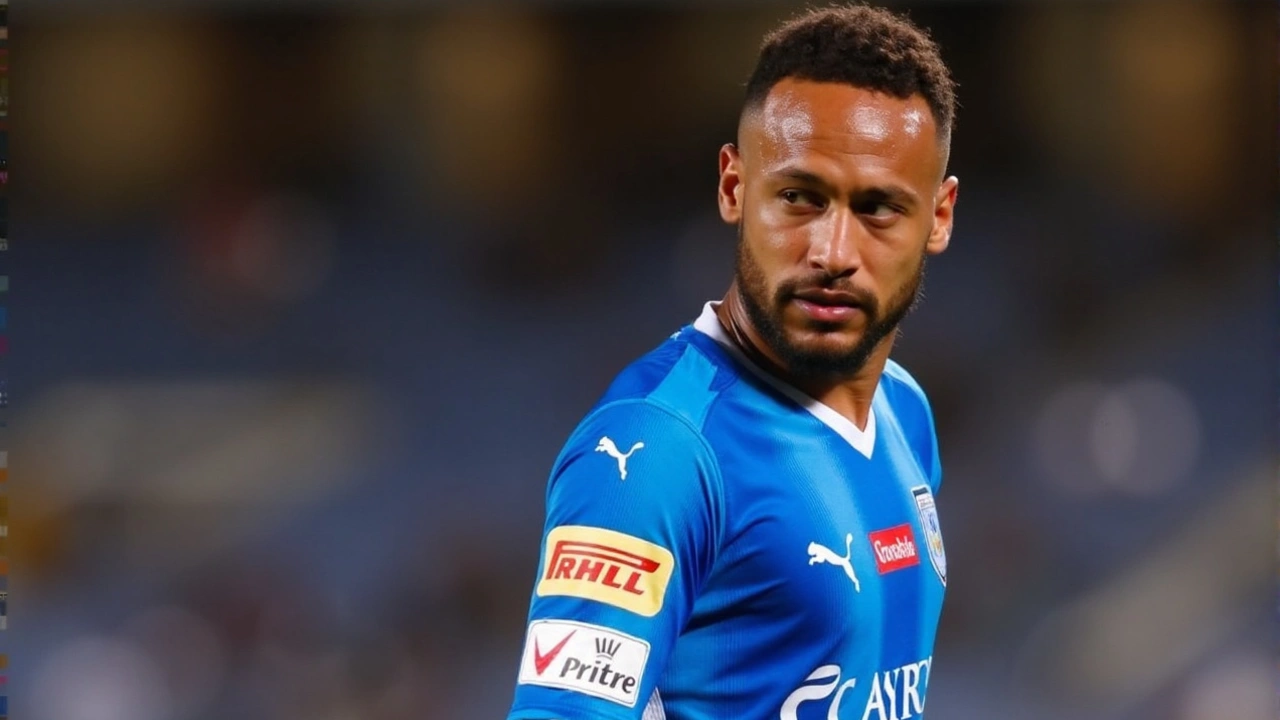Soccer Transfer Hub: What’s Moving, Why It Matters and How to Keep Up
Every summer the football world erupts with headlines like "Club X splashes cash on Player Y" or "Star striker heads to a new league." If you’ve ever felt overwhelmed by the flood of names, fees and dates, you’re not alone. This page cuts through the noise and gives you the basics, the timing, and the tools you need to follow every move without missing a beat.
How the Transfer Window Works
The transfer window is simply the period when clubs can officially register new players. In most leagues there are two windows: a long summer window (usually June‑September) and a short winter window (January). Outside those dates, players can still be loaned or have contracts terminated, but the big money deals happen inside the windows. Knowing the exact dates helps you spot when negotiations are likely to speed up, because clubs race to finish before the deadline.
Each deal follows a set of steps: the two clubs agree on a fee, the player signs personal terms, a medical is performed and finally the league registers the transfer. If any step stalls, the whole deal can fall apart—even if the price was already announced. That’s why you’ll see headlines change at the last minute, and why reliable sources matter.
Tips to Follow Transfer News Like a Pro
1. Stick to official club channels. A club’s website, Twitter or Instagram account will confirm a signing before any rumor spreads. 2. Use reputable sports journalists—people who have a track record of breaking accurate stories. 3. Treat big‑money rumors with caution; they often start as speculative tweets that never materialise.
4. Check the type of move. A "free transfer" means a player’s contract expired, so no fee changes hands. A "loan" can be short‑term (half a season) or long‑term (full season) and may include an option to buy at the end. Knowing the difference helps you gauge a club’s strategy.
5. Look at the squad’s needs. Clubs rarely buy players just for resale value; they target positions where they lack depth or want to upgrade a specific role. If a team struggled to score last season, chances are any incoming striker is meant to fix that issue.
6. Follow financial reports. Transfer fees are often disclosed in club statements or league filings. That data tells you whether a club is splurging, staying modest or rebuilding with younger talent.
Understanding these basics turns chaotic headlines into a clear picture of why a club made a move and what it hopes to achieve. It also helps you avoid getting caught up in every sensational tweet that ends up being a dead‑end.
When a high‑profile deal lands—say a star forward moving to a rival team—expect a ripple effect. Other clubs might adjust their own targets, and the market price for similar players can shift overnight. Keeping an eye on these domino effects gives you deeper insight into the market’s direction.
Finally, use this tag page as your central hub. We regularly update it with the latest confirmed transfers, reliable rumors and quick analysis of each deal’s impact. Bookmark it, check back after every deadline day, and you’ll stay ahead of the conversation rather than playing catch‑up.




